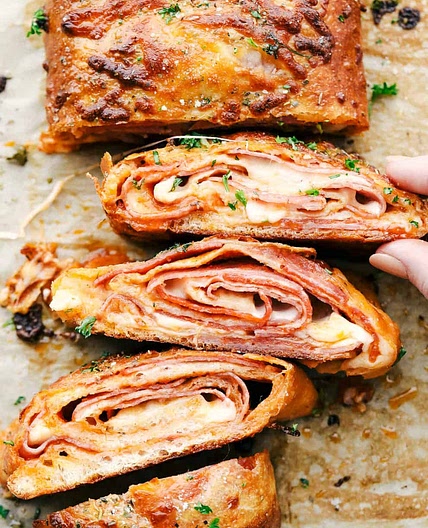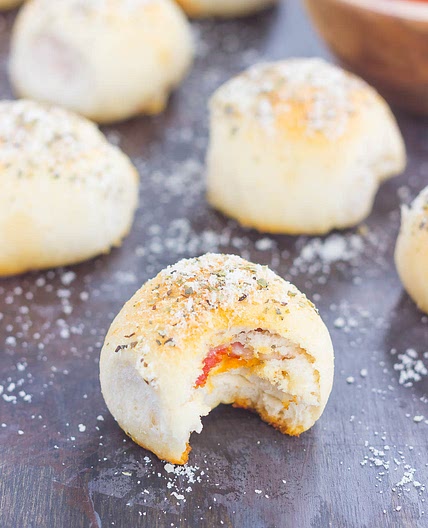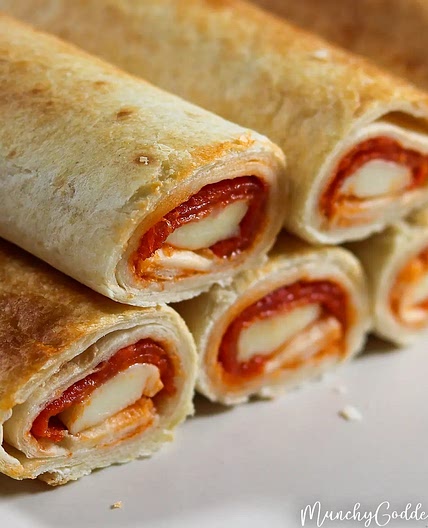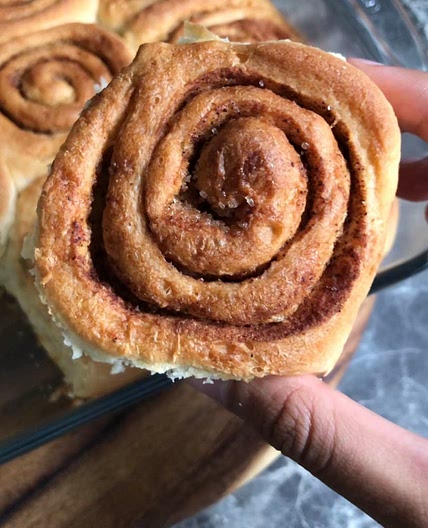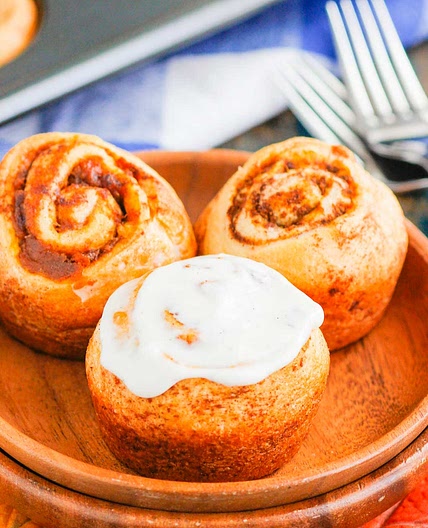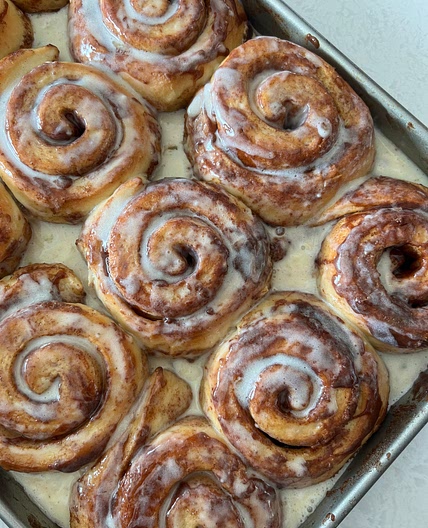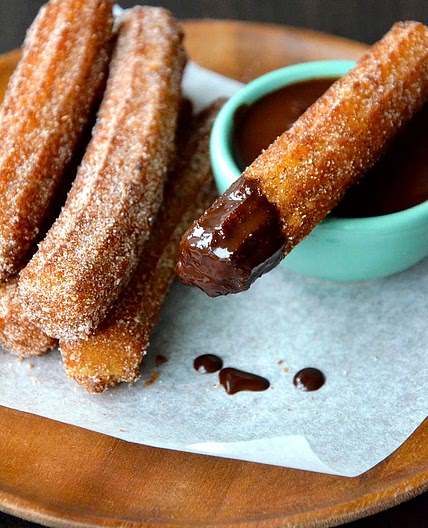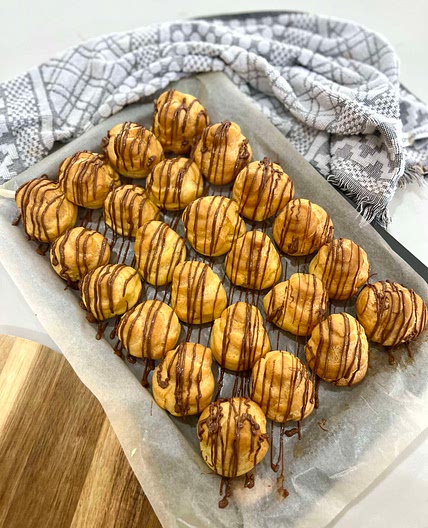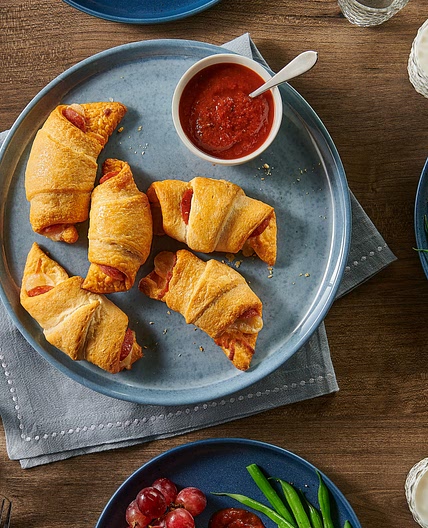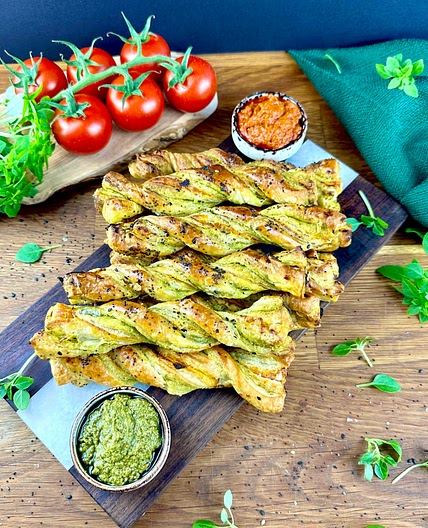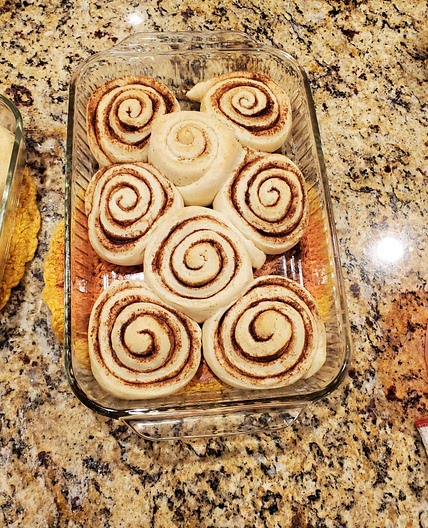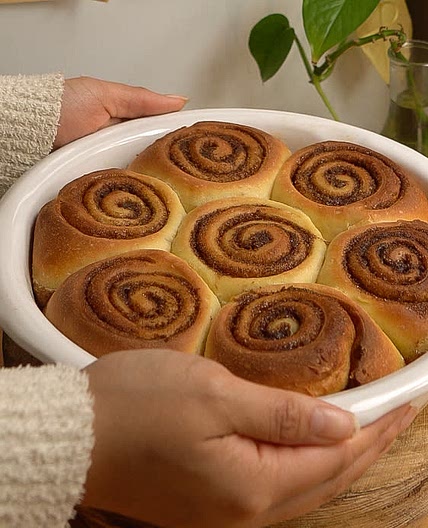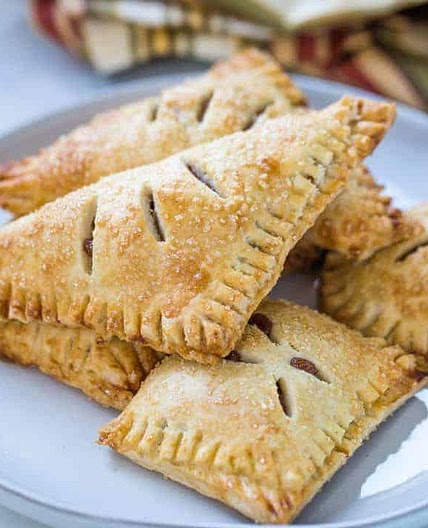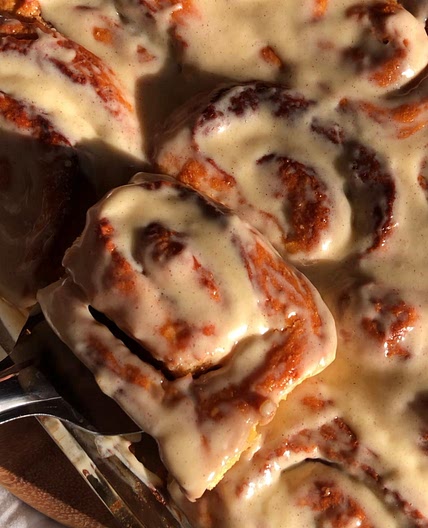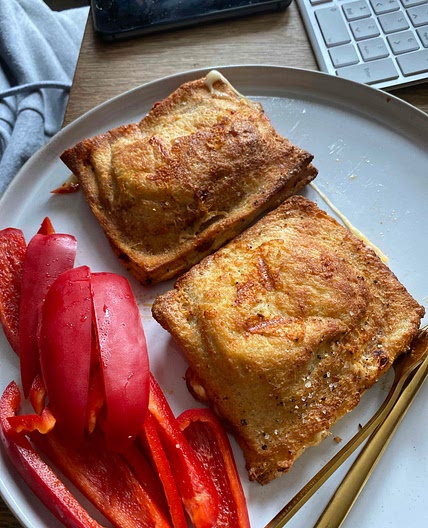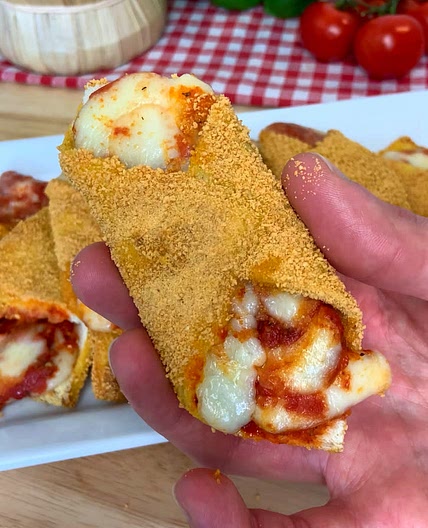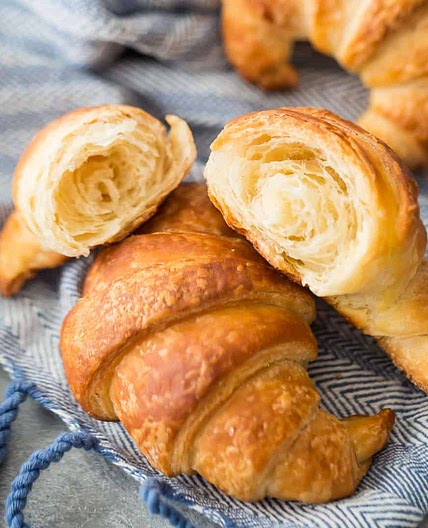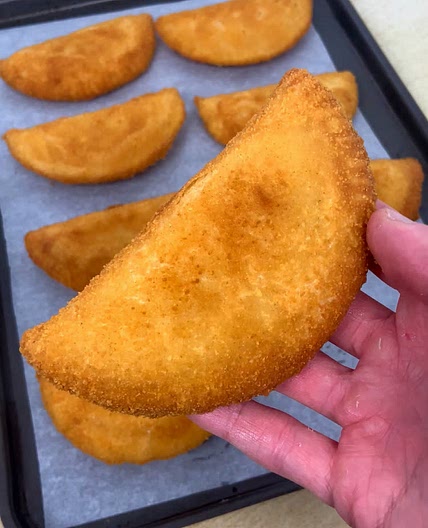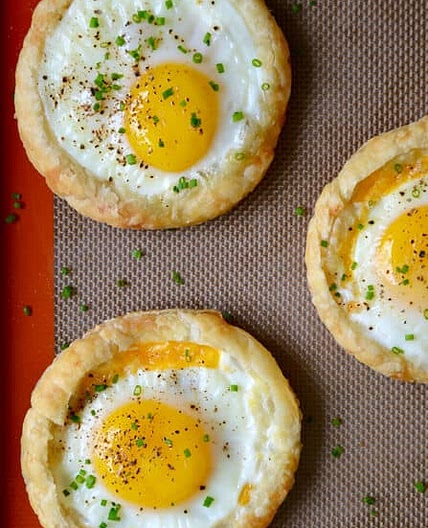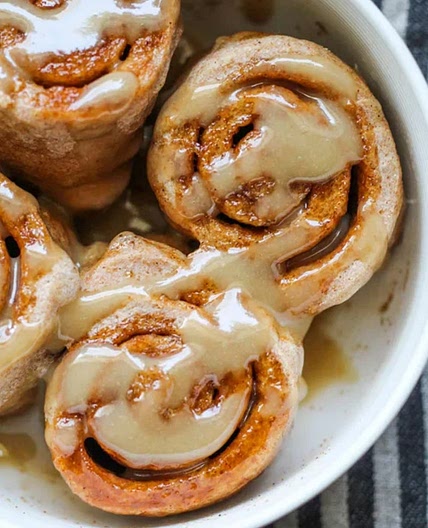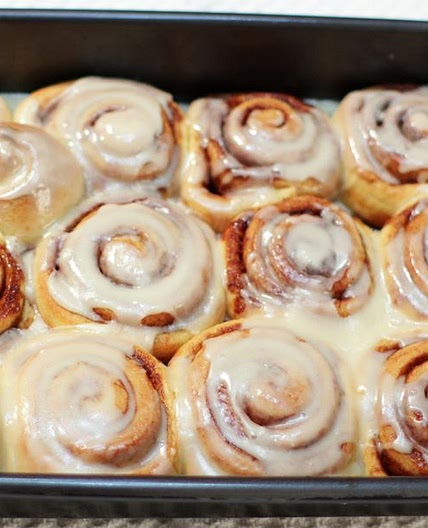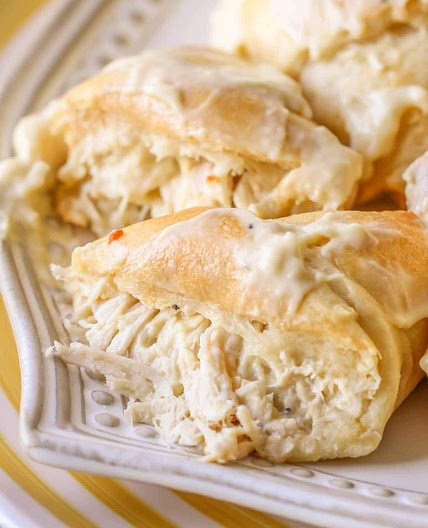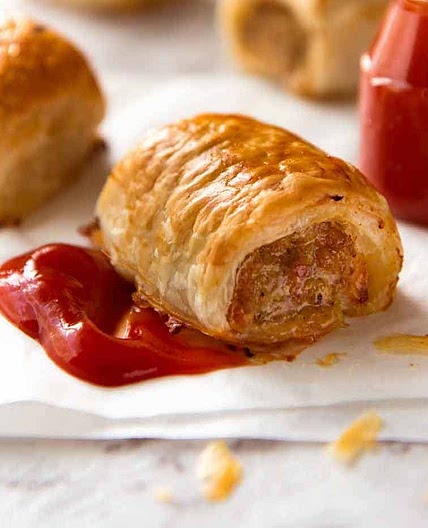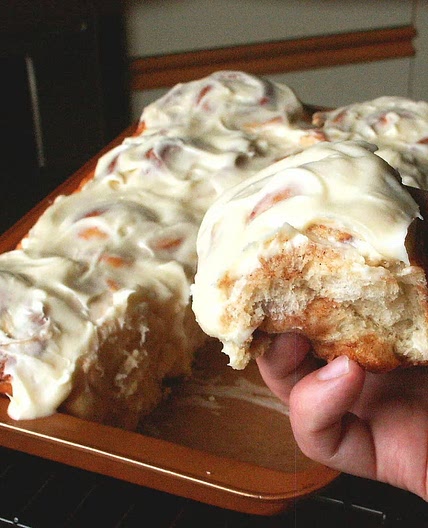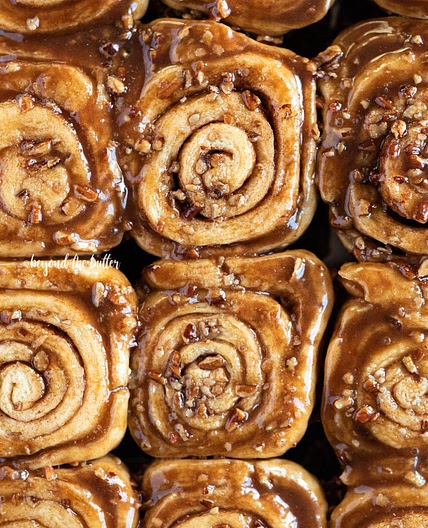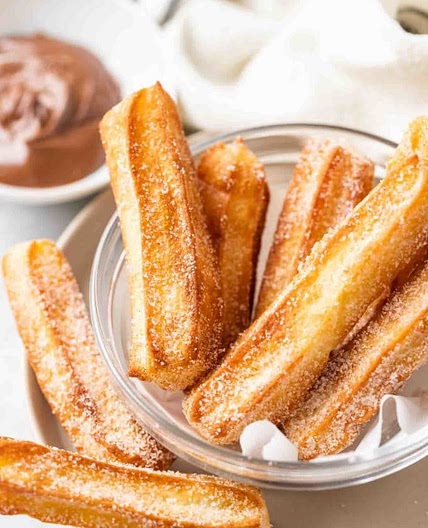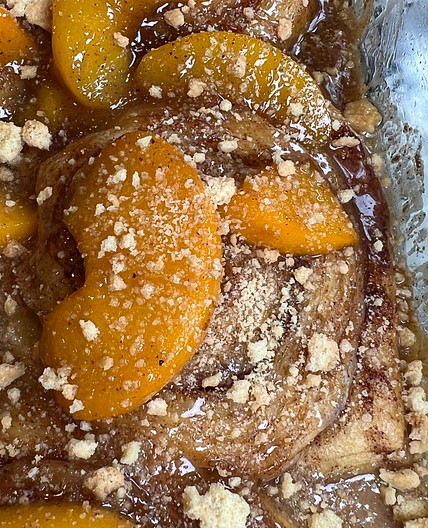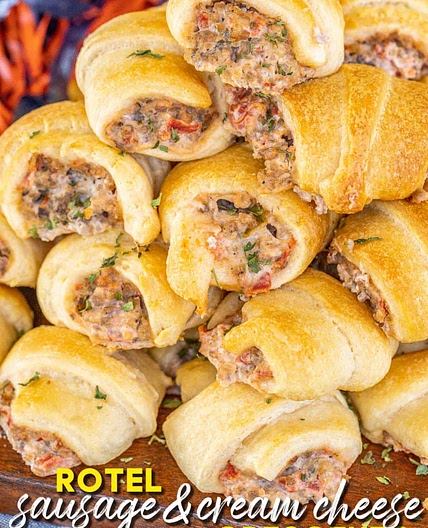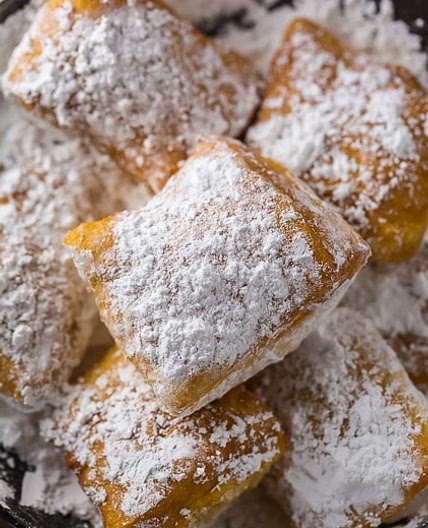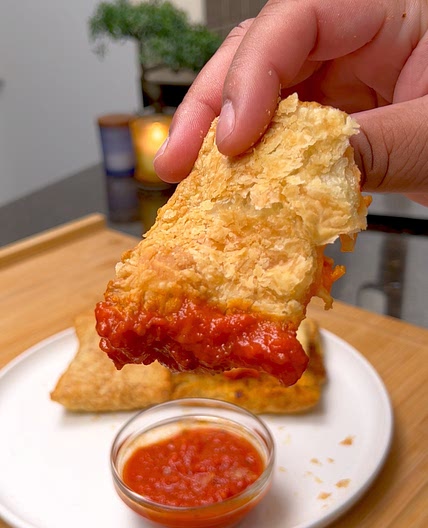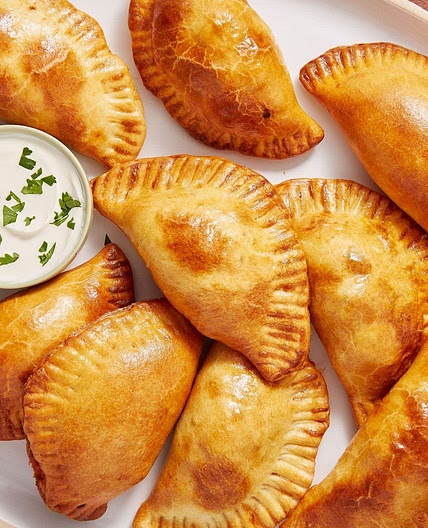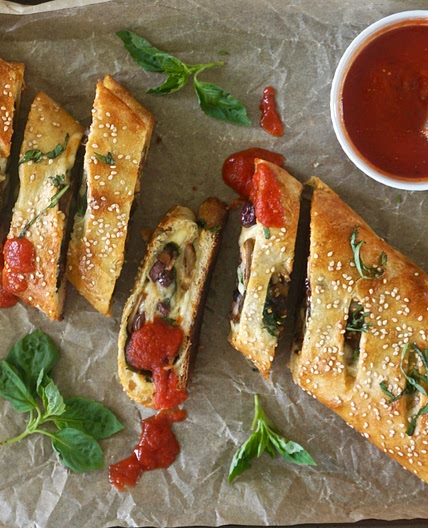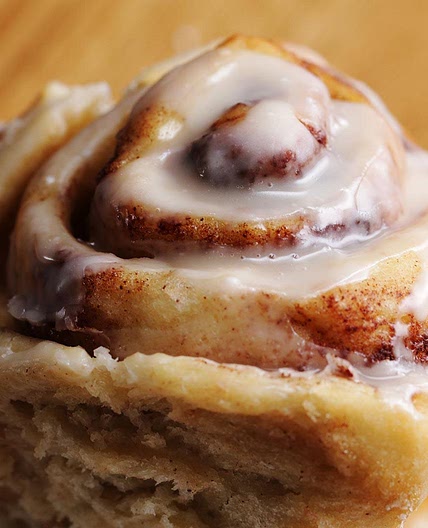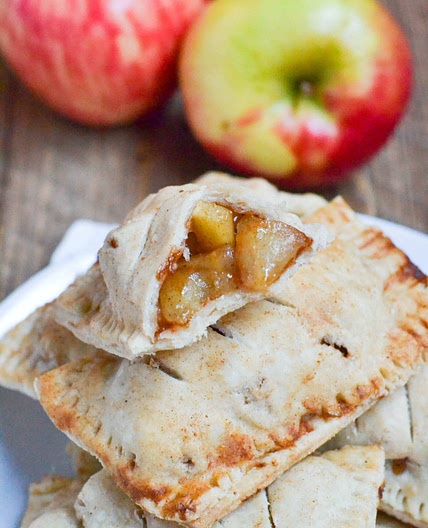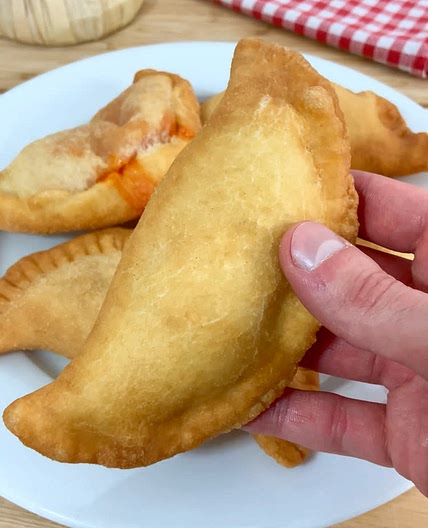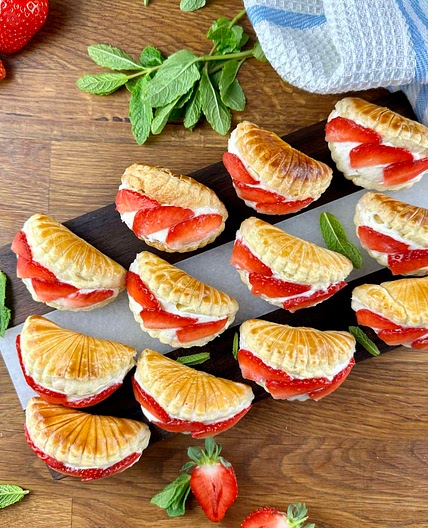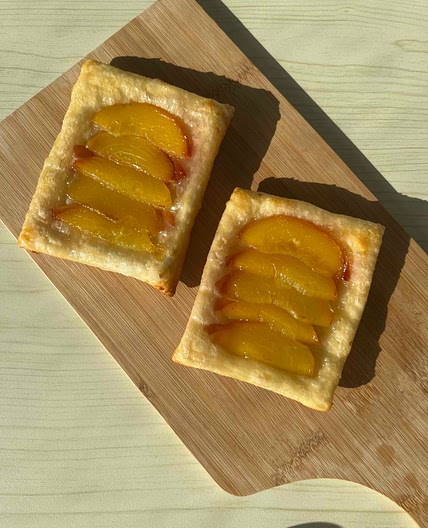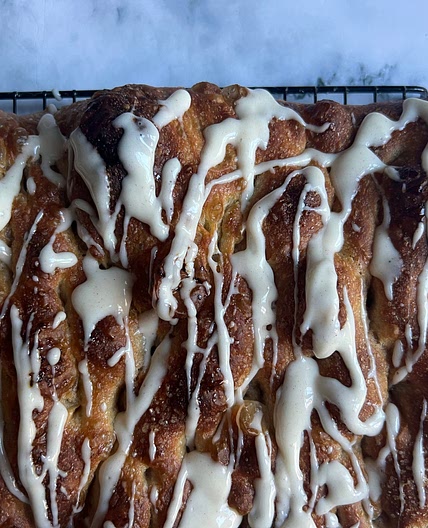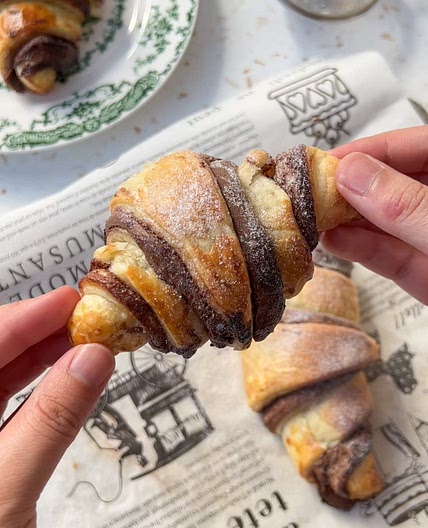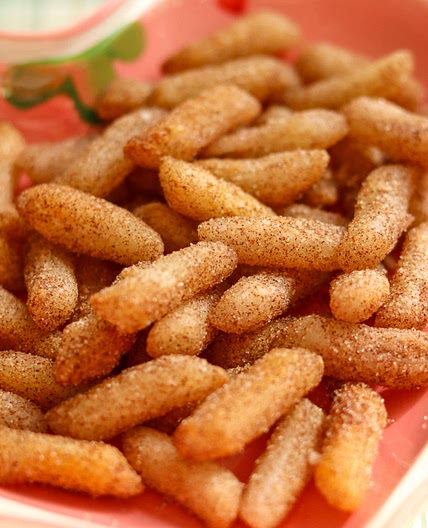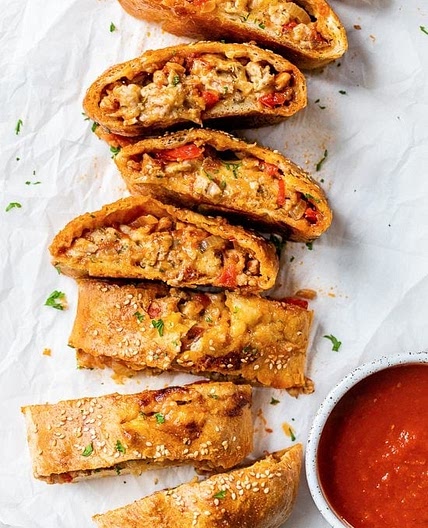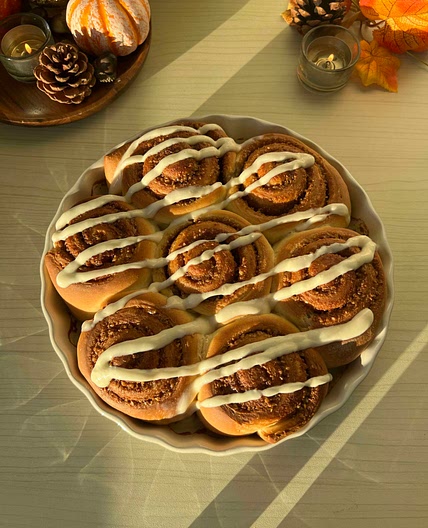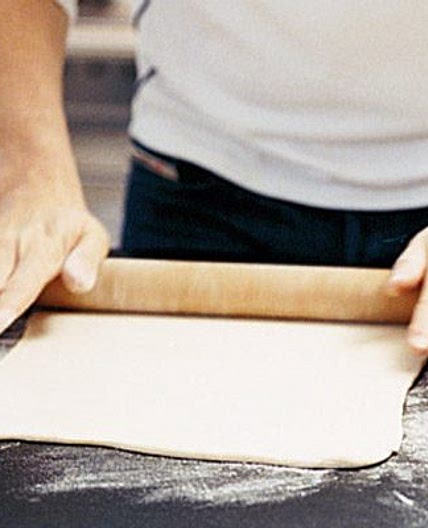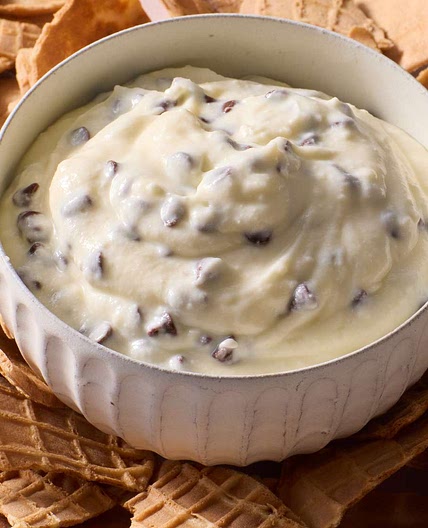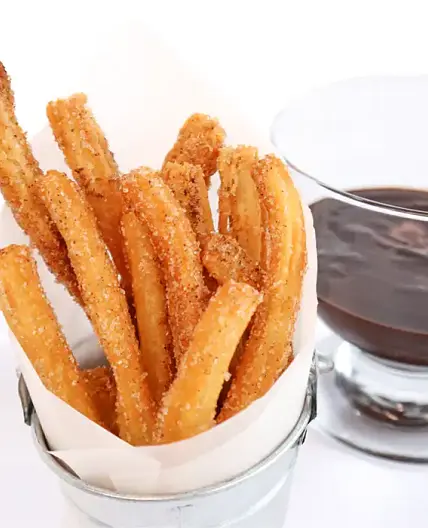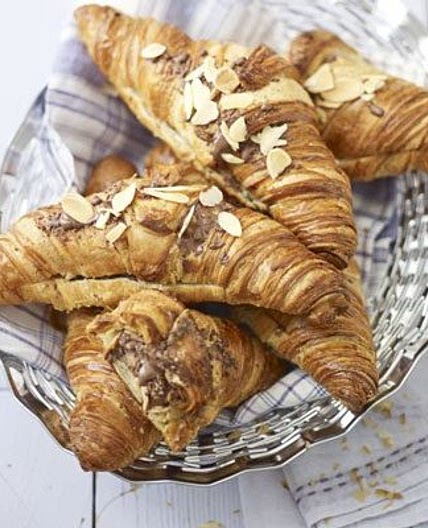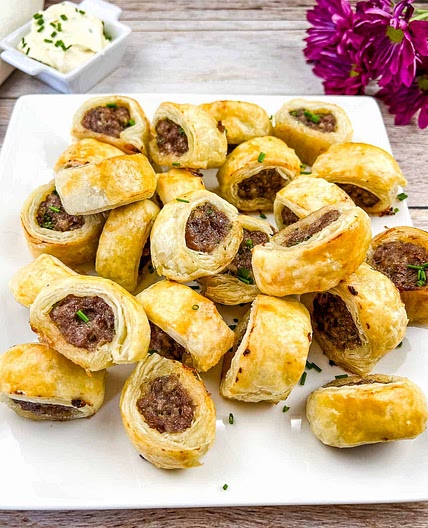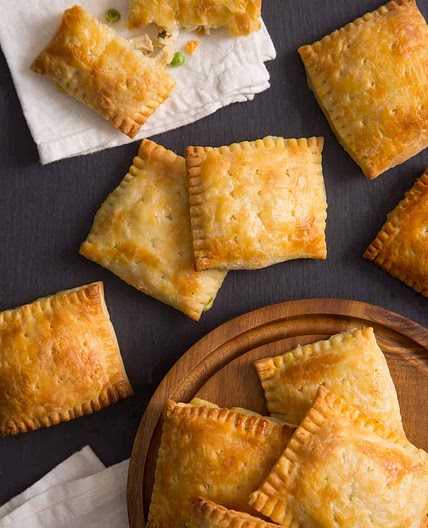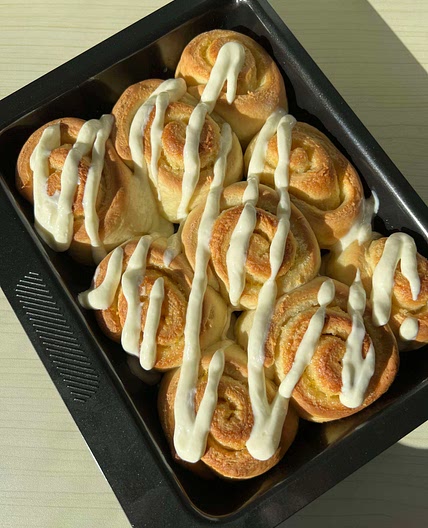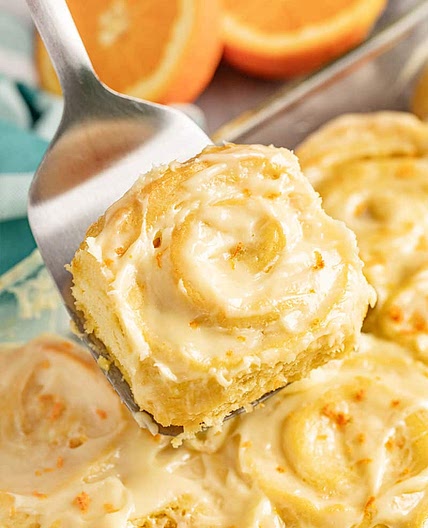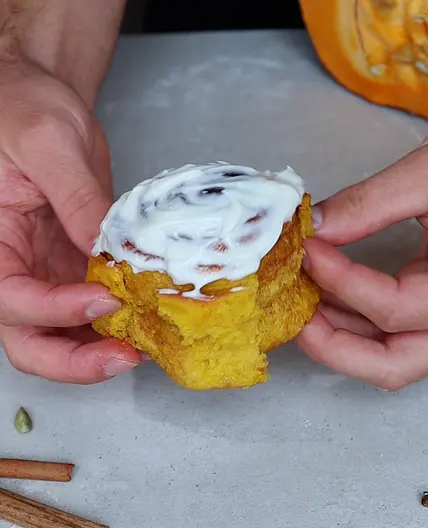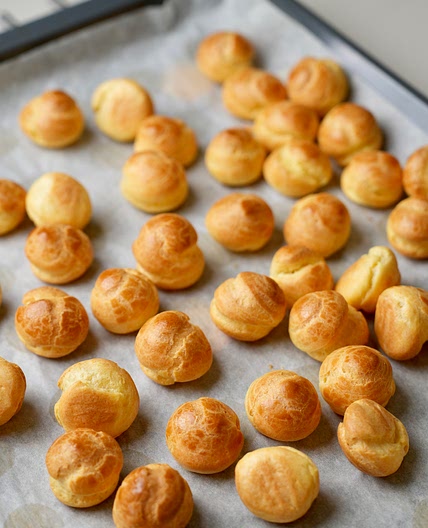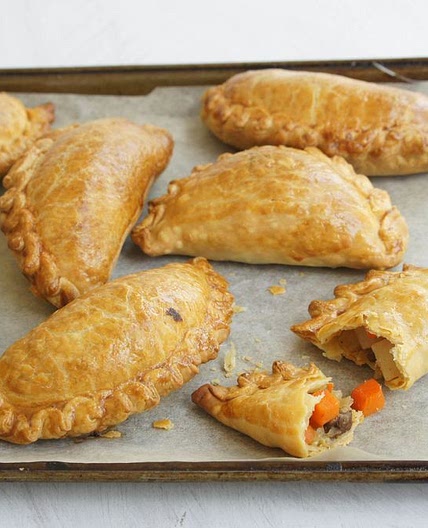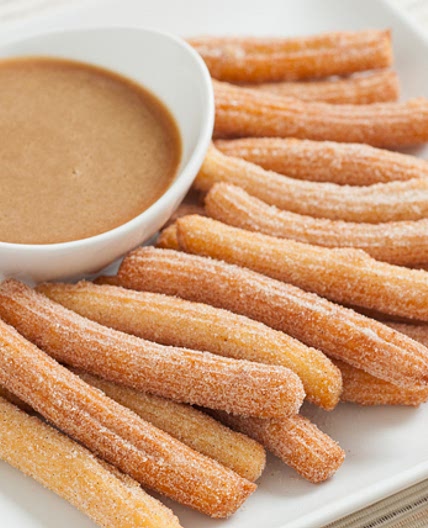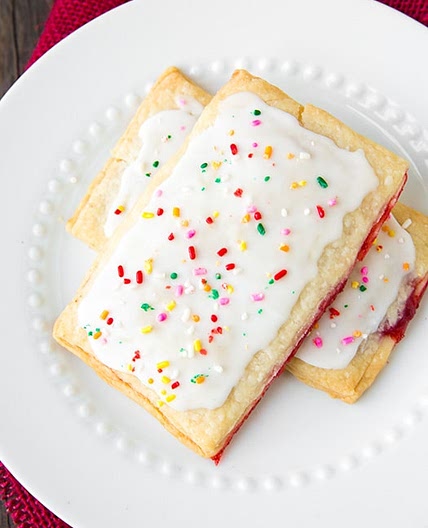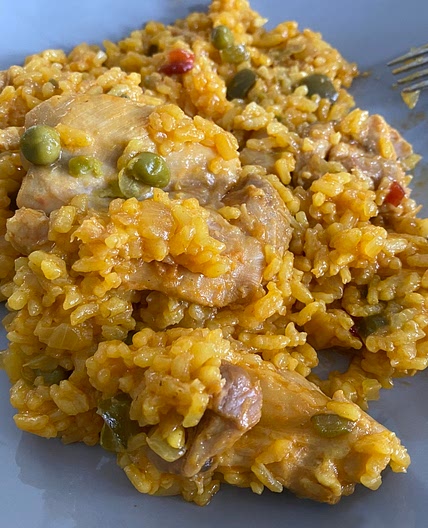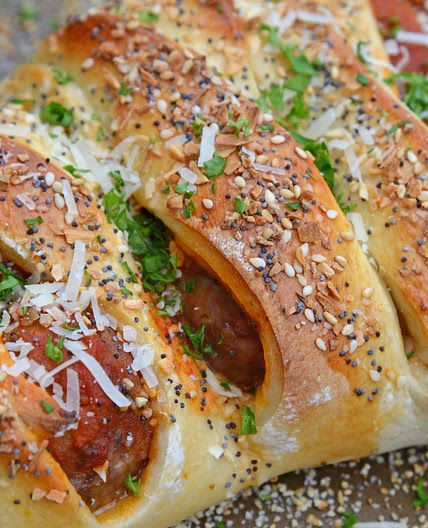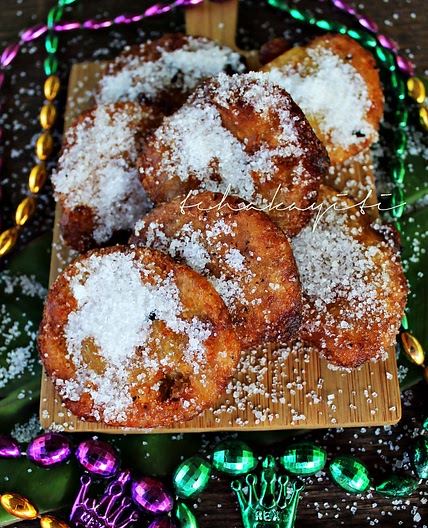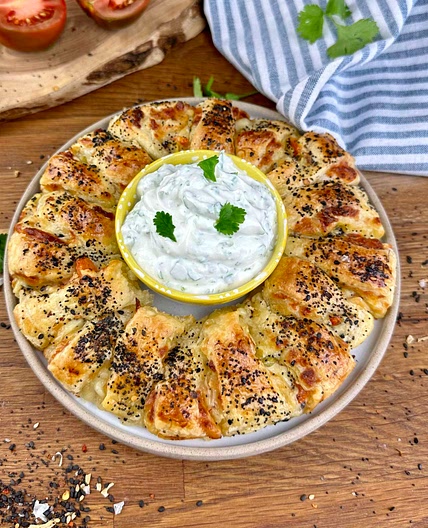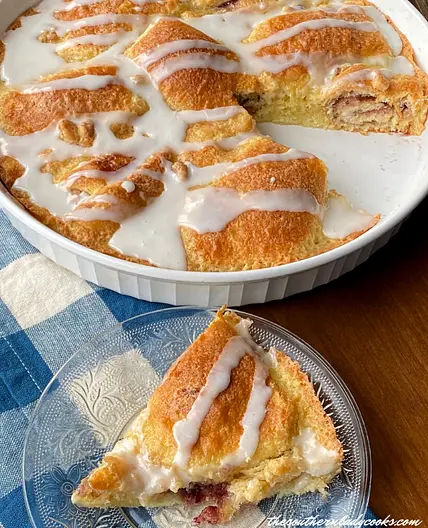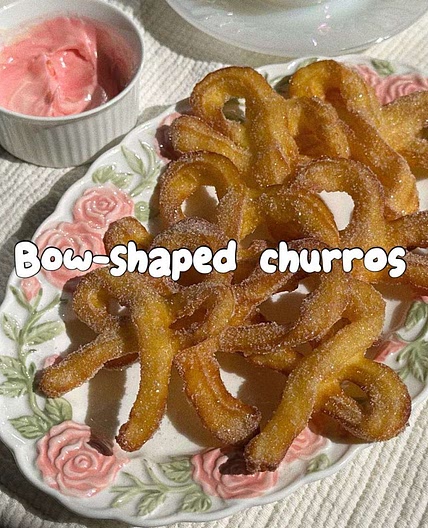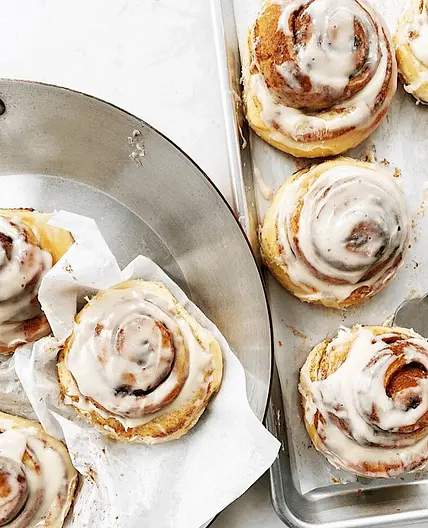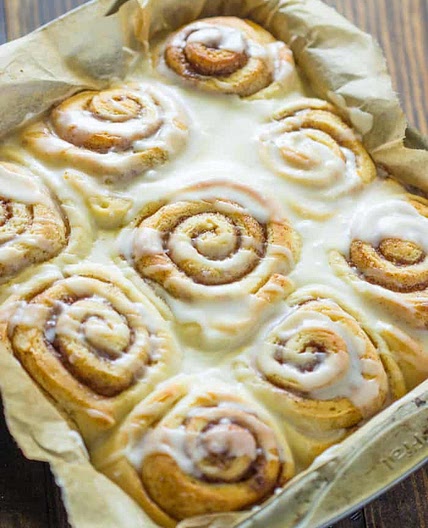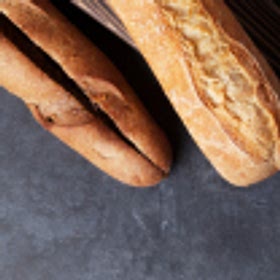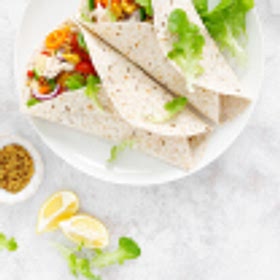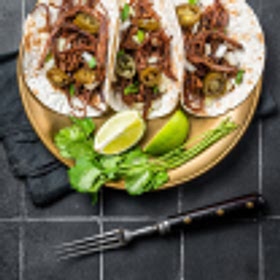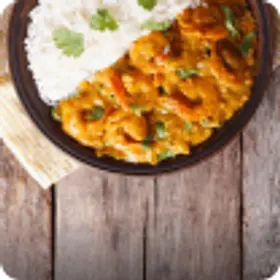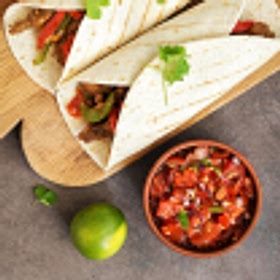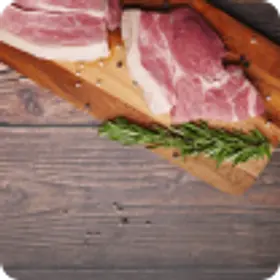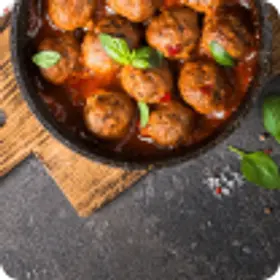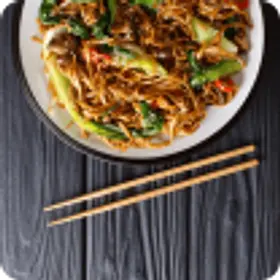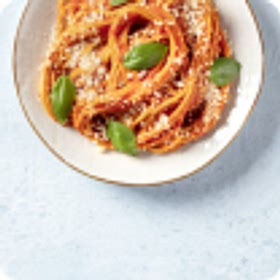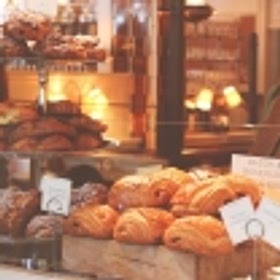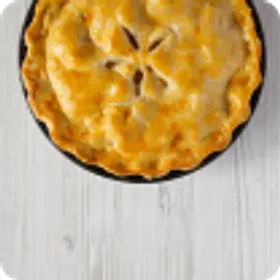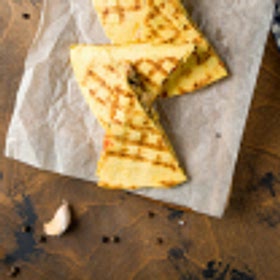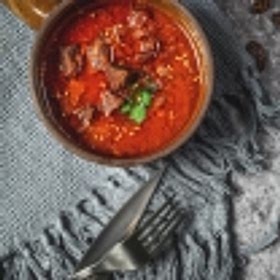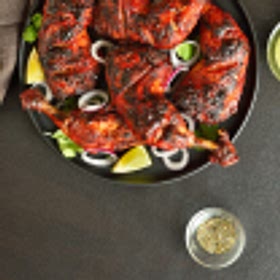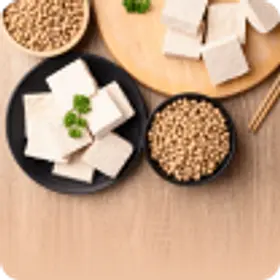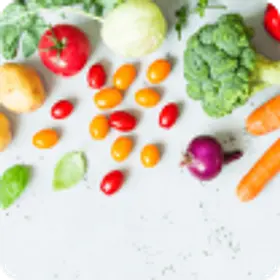The Wonderful World of Pastry Recipes
Pastry is a unique ingredient that can transform dishes into something extraordinary. Whether sweet or savory, pastry recipes have been used in countless recipes since ancient times. From pies to pastries to quiches, and beyond, pastry can be utilized in many creative ways. In this article, we explore the world of pastry and its many applications in cooking and baking.
Nutrition per serving size(102g)
- Energy: 0
- Total Fat: 0
- Saturated Fat: 0
- Carbohydrate Total: 0
- Sugars: 0
- Protein: 0
- Sodium: 0
- Fiber: 0
- Trans Fat: 0
- Monounsaturated Fat: 0
- Polyunsaturated Fat: 0
- Cholesterol: 0
- Calcium: 0
- Magnesium: 0
- Potassium: 0
- Iron: 0
- Zinc: 0
- Phosphorus: 0
- Vitamin A: 0
- Vitamin C: 0
- Thiamin B1: 0
- Riboflavin B2: 0
- Niacin B3: 0
- Vitamin B6: 0
- Folic Acid B9: 0
- Vitamin B12: 0
- Vitamin D: 0
- Vitamin E: 0
- Vitamin K: 0
- Tryptophan: 0
- Alpha Carotene: 0
- Beta Carotene: 0
- Omega 3 DHA: 0
- Omega 3 EPA: 0
What is Pastry?
A pastry is a delectable culinary creation that brings together the perfect combination of flour, fat, and sometimes sugar. It is a versatile and beloved category of baked goods that includes a wide range of sweet and savory treats. Pastry recipes are wide and varied, covering everything from tarts to pies to quiches and everything in between.
So what exactly is a pastry? What makes a pastry recipe? It’s a good question! At its core, a pastry consists of a dough made by blending flour with fat, usually butter or shortening. This dough is then manipulated through various techniques, such as folding or rolling, to create layers that result in a flaky and tender texture when baked. The fat coats the flour particles, preventing gluten formation and yielding a delicate and crumbly consistency.
Throughout history, pastry has been a common staple in the kitchen, used in cooking as early as ancient Egypt and Rome. It then became especially popular in Europe during the Renaissance, where it was used for both sweet and savory dishes. Just like it is today!
The Different Types of Pastry
There are many types of pastry, each with unique recipes, characteristics and preparation methods. Here are some popular types of pastries, though it isn’t an exhaustive list.

Puff Pastry
Puff pastry is made by layering dough and butter, which results in a light, flaky, and buttery pastry. Some of the dishes below are puff pastry recipes
| Croissant | Croissants are perhaps the most well-known and beloved form of puff pastry. They have a crescent shape and a flaky, buttery texture. They are typically enjoyed for breakfast and can be plain or filled with ingredients like chocolate, almond paste, or even savory options such as ham and cheese. |
| Turnovers | Puff pastry can be filled with sweet or savory fillings and folded into turnovers. Sweet turnovers can be filled with fruits, jams, or chocolate spread, while savory turnovers can contain ingredients like cheese, spinach, or meat. Apple turnover is a classic. |
| Napoleons | A Napoleons puff pastry, also known as mille-feuille, is a classic French dessert made with layers of puff pastry and pastry cream. The dessert is known for its delicate and flaky layers of pastry, which are typically filled with sweet vanilla or chocolate pastry cream. A good mille-feuille pastry recipe is hard to make, but totally worth it! |
Shortcrust Pastry
Shortcrust pastry is the most commonly used for sweet and savory pies. It is made by combining flour, butter, and water to create a dough that is then rolled out and cut to shape. Here are some dishes which use shortcrust pastry recipes.
| Basic | The most basic form of shortcrust pastry is made from a simple combination of flour, butter, and water. It is a versatile dough that can be used for various pies, tarts, quiches, and other baked goods. |
| Sweet | Sweet shortcrust pastry, also known as pâte sucrée, is a variation of shortcrust pastry that is sweetened with sugar. It often includes additional flavorings such as vanilla extract or lemon zest. Sweet shortcrust pastry is commonly used for desserts like fruit tarts, custard tarts, and pies. |
| Savory | Savory shortcrust pastry is similar to basic shortcrust pastry filled with ingredients like vegetables, cheese, meat, or seafood. Herbs and spices can be added to enhance the savory flavor. Some of the recipes you can try are Quiche Lorraine, Seafood Tart, and Meat Pies. |
Filo Pastry or Phyllo Pastry

Filo pastry (also known as phyllo) is made by rolling out paper-thin layers of dough, which are then layered together to create a crispy, delicate texture. It’s commonly used in Mediterranean and Middle Eastern dishes, such as the following:
| Baklava | Baklava is a rich and sweet pastry made with layers of thin, flaky filo (phyllo) pastry. They are filled with a mixture of finely chopped nuts, sugar, and spices, typically cinnamon. The layers are then baked until golden and crispy. It’s popular in Greece. |
| Börek | Börek, also spelled as burek or borek, is a traditional savory pastry dish found in various cuisines across the Balkans, Middle East, and Eastern Mediterranean. It typically consists of thin layers of filo pastry filled with various ingredients such as cheese, meat, vegetables, or a combination thereof. |
| Spanakopita | Spanakopita is another popular Greek savory pastry dish. This time, it features a filling made primarily of spinach and feta cheese. It is traditionally prepared by layering sheets of filo pastry with the spinach and cheese mixture, creating a delicious and crispy pie. |
Choux Pastry
Choux pastry, also known as pâte à choux, is a light and airy pastry dough with a high moisture content. It’s pronounced ‘shoo pastry’ and is used in lots of popular desserts. See if you recognise some of the dishes below:
| Profiteroles | Profiteroles are small, bite-sized pastries made from choux pastry. They are typically filled with sweet fillings such as whipped cream, pastry cream, or ice cream, and often topped with chocolate ganache or powdered sugar. |
| Éclairs | Éclairs are elongated pastries made from choux pastry. They are filled with cream or custard, and usually topped with chocolate icing or ganache. Éclairs come in various flavors, including vanilla, chocolate, coffee, and fruit fillings. Sort of like sweet (and delicious!) hotdogs, if you ask us. |
| Churros | Churros are a popular Spanish deep-fried ridged or star-shaped choux pastry. They are typically enjoyed as a sweet treat, often accompanied by a cup of hot chocolate or dulce de leche for dipping. Eat them while piping hot for maximum deliciousness. |
The Art of Pastry Making
It’s often said that cooking is an art, but baking is a science. And most chefs will tell you that pastry recipes are the main reason for this! It’s not easy to create those delicious works of art that you see lining the windows of French bakeries.
Mastering the art of pastry making is a serious culinary craft that combines precision, technique, and creativity. From delicate tarts to flaky croissants, pastry making allows (talented and dedicated!) cooks to express their culinary prowess. But that doesn’t mean that you can’t do it with a bit of practice. And of course, some pastry recipes are much harder to perfect than others.
Here are the key elements and techniques involved in pastry making to guide you on your own pastry-making journey:
The Importance of Ingredients
When it comes to pastry making, quality ingredients are the foundation of success. Whether you’re crafting a buttery pie crust or a fluffy sponge cake, using fresh and high-quality ingredients will elevate your final creation. It might seem pricey, but spending on quality ingredients can make the world of difference. Opt for premium butter, eggs, flour, and other key ingredients to get the correct texture, flavor, and consistency.
Perfecting the Dough for Pastry Recipes
The dough is the heart and soul of pastries! If you want to be a great dessert maker, mastering different types of dough is essential. Shortcrust pastry, puff pastry, choux pastry—each of these recipes requires specific techniques. Understanding the principles of dough preparation, including proper mixing, resting, and rolling techniques, will contribute to flaky, tender, and well-textured pastries.
Precision in Measurements
Pastry making is a science, like we said. So precision in measurements is very important. Accuracy in measuring ingredients, especially in delicate recipes like macarons or soufflés, can make all the difference. Invest in a reliable kitchen scale and use precise measuring tools to ensure consistency in your pastry creations. Eyeballing things like cups of flour isn’t going to work here!
Artistry in Presentation
The art of pastry making extends beyond taste. It’s also a feast for your eyes. A beautiful cake or delicate pastry can make the whole thing taste better. (Or that’s what we think, and we’re sticking to it!).
Pay attention to presentation techniques that enhance the aesthetics of your pastry recipes. From decorative piping and glazes to garnishes and intricate designs, let your artistic flair shine through. Experiment with colors, textures, and shapes to create dishes which are as easy on the eyes as they are on the palate.
Balancing Flavors
Creating harmonious flavor profiles is an essential skill in pastry making, just as it is in cooking. Understanding the relationship between sweetness, acidity, bitterness, and richness allows you to create balanced and memorable desserts. Experiment with different flavor combinations, infuse creams with aromatic ingredients, and explore the world of spices to create unique dishes. Although desserts are usually sweet, remember not to go overboard on the sweetness. This takes time, practice, and good feel!
Innovation and Experimentation
While mastering classic recipes is important, don’t be afraid to push the boundaries and explore your own creativity. Innovation and experimentation are key aspects of the art of pastry making. Otherwise, we’d all still be making the trifles and upside down cakes of yesteryear. Though they’re delicious, we love that pastry recipes have modernized as the years have gone by.
Tips and Tricks for Pastry Recipe Perfection
Now that you know the different aspects which make up the art of pastry making, here are some tips and tricks to try and get them right.
Keep Ingredients Cold:
When making pastries like pie crusts or puff pastry, it’s important to keep the ingredients, especially butter or fat, cold. Cold ingredients help create a flaky texture by preventing the fat from melting too quickly during baking. Chill the butter and use cold water when called for in the recipe.
Use Proper Mixing Techniques:
When combining ingredients, avoid overmixing the dough. Overmixing can develop gluten, resulting in a tough and chewy pastry. Mix just until the ingredients come together and no more.
Rest and Chill the Dough:
Resting and chilling the dough allows the gluten to relax and the flavors to meld. Resting the dough for at least 30 minutes to an hour in the refrigerator before rolling it out helps achieve a more tender and workable dough.
Flour the Work Surface and Rolling Pin:
To prevent sticking, lightly dust your work surface and rolling pin with flour when rolling out dough. However, be mindful not to add too much flour, as it can toughen the dough. Use a pastry brush to remove excess flour.
Handle the Dough with Care:
When handling the dough, avoid excessive stretching or pulling, as it can result in uneven texture. Lift and move the dough gently instead.
Use Parchment Paper or Silicone Baking Mats:
Line baking sheets with parchment paper or silicone baking mats to prevent pastries from sticking and to ensure even browning.
Maintain Consistent Oven Temperature:
Preheat your oven and ensure it maintains a consistent temperature throughout baking. Fluctuations in temperature can affect the rise, texture, and color of your pastries.
Egg Wash for a Golden Finish:
For a beautiful golden color, brush the pastry with an egg wash (a beaten egg or egg yolk mixed with a little water or milk) before baking. This gives a glossy sheen and adds visual appeal.
Don’t Overfill Pastry:
When filling pastries like turnovers or hand pies, be careful not to overfill them. Overfilling can cause the filling to leak out during baking and affect its texture and appearance.
💡 Patience is key when working with pastries. Take your time and follow the recipe instructions closely. Allow enough time for resting, chilling, and baking to achieve the best results.
FAQs
To avoid a soggy pie crust, pre-bake the crust for a few minutes before adding the filling. Another tip is to brush the crust with beaten egg or melted chocolate to create a barrier between the filling and the crust, preventing moisture from seeping in.
As mentioned above, chilling the dough before rolling it out can make it easier to handle. Resting the dough in the refrigerator for at least 30 minutes helps relax the gluten and firm up the fat, making it less sticky and more manageable.
To keep pastries fresh, store them in an airtight container at room temperature for a day or two. For longer storage, place them in the refrigerator or freezer, properly wrapped or sealed, and reheat as needed.
Yes, gluten-free pastry can be made using alternative flours, such as rice flour, almond flour, or gluten-free flour blends. Just remember that gluten-free pastries may require different ratios of ingredients and special techniques to achieve the desired texture and structure.
Conclusion
Pastry is a versatile and delicious ingredient that is used in baking and cooking for centuries. With its many varieties and applications, it has become a staple ingredient in kitchens around the world. Whether sweet or savory, pastry can take any dish to the next level and is an essential ingredient for any aspiring home cook or professional chef.
The art of pastry making is a delightful journey that combines passion, technique, and creativity. By embracing quality ingredients, honing your dough preparation skills, paying attention to precision, and unleashing your artistic flair, you can create pastries that are not only delicious but also a feast for the eyes. So, roll up your sleeves, gather your tools, and embark on your own pastry-making adventure. With practice, patience, and a sprinkle of imagination, you’ll soon be crafting extraordinary pastries that leave a lasting impression.
